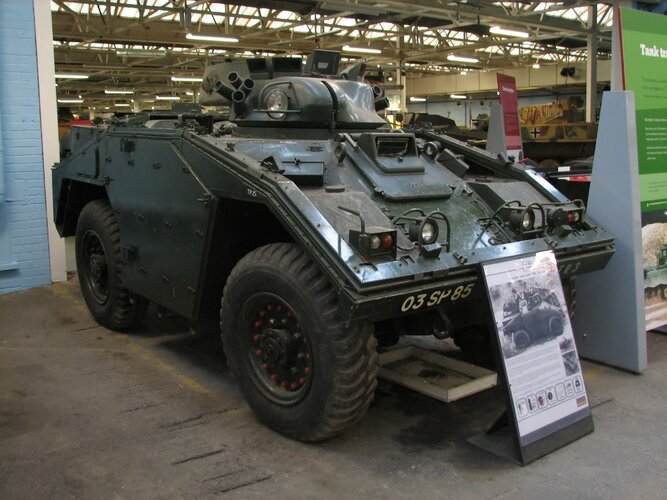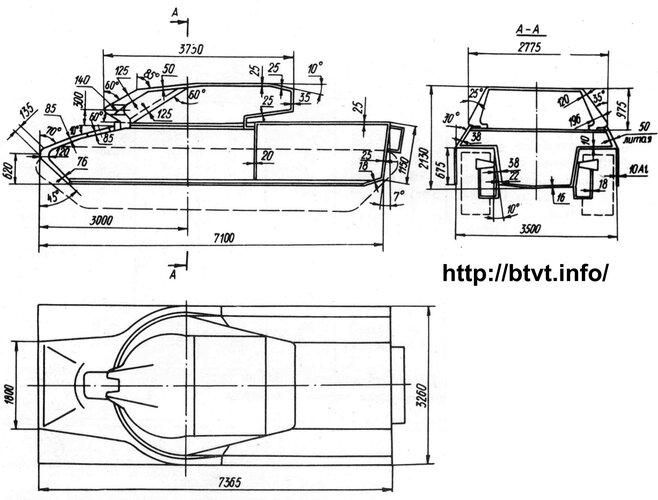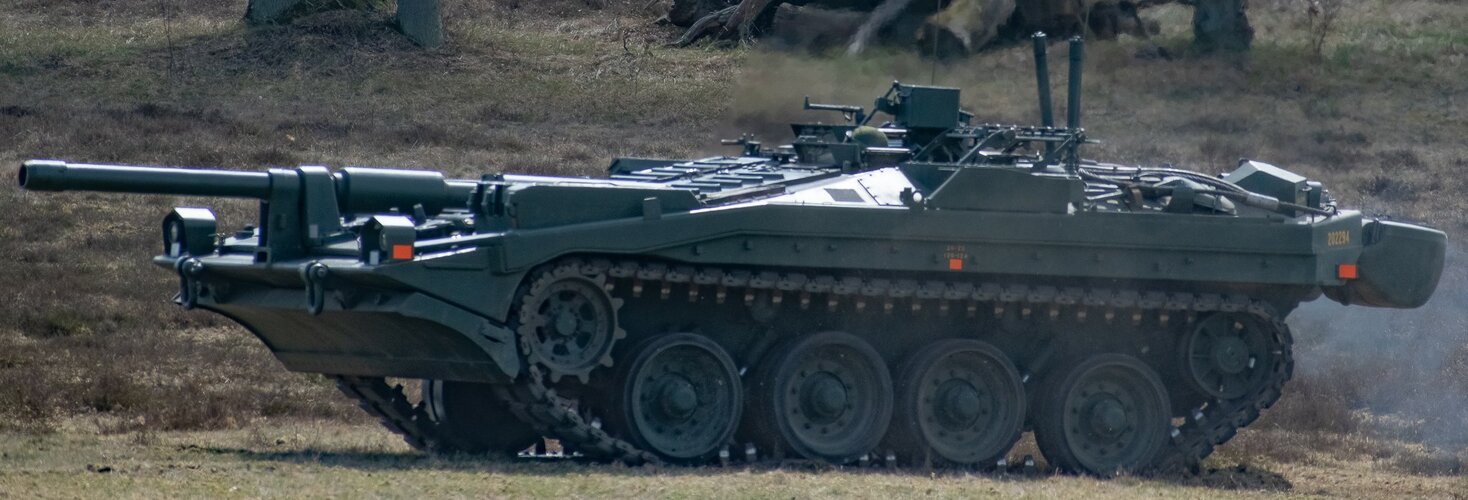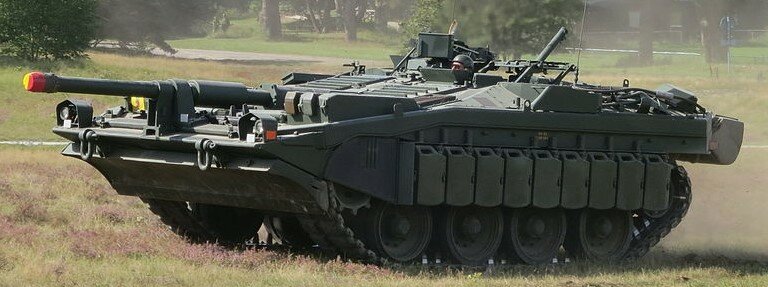With ref to Canada staying with BAOR post their actual move southwards in the late 1960's it would firstly need some political changes at home. Secondly for them to buy Chieftain as you suggest, that would almost certainly help keep the Canadian forces in the north, it would need a much better and more reliable Chieftain. Look at what happened during the Dutch Army trials of the Chieftain; poor workmanship and also oil leaking everywhere.
"Build a better Chieftain tank, and the world will beat a path to your door"
Hi NOMISYRRUC,
"Build a better Chieftain tank, and the world will beat a path to your door" - who said this other than a rather clever NOMISYRRUC?
A good point and it could have been possible. OK so apart from a decent diesel engine, and much more powerful engine (I am no engine expert from the early 60's but did such an engine exist?), what else could be improved?
I am open to suggestions on major improvements but were there better fire control systems available, could it have had a trainable IR searchlight moving with the main gun (how odd on the side of the turret!), could better mobility (as well as having a new engine) have been achieved, better side armour, perhaps looking to the future threat and thicker turret front etc, etc. Discuss ......
See below for the Chieftain armour thickness and angles (I assume this is correct?) but without the Stillbrew extra turret armour that looked very 'bodge job' (almost home made) to me;
View attachment 690865
One thing I found interesting is that in all the books I have read on the Chieftain the initial trials report, by 1 and 5 RTR (compiled separately and initially frowned upon as both said it was not ready for service) is passed over with little detail; what were the many faults? The whole thing reminds you of the terrible reputation of the early marks of the WW2 Churchill tank; we seem especially adapt at learning from our mistakes only to repeat them the next time!
Likewise the Israeli suggestions for improvements during the trials of the Mk.4 are unclear; what exactly did they suggest? A great 'What if' for it coming into service in Israel and all the improvements over the years.
Perhaps the UK should have taken the bull by the horns and had converted all UK Chieftains to the FV4030/2 Shir (Lion) 1 that was designed for Iran with a front end of Chieftain but the rear end of the forthcoming FV4030/3 Shir (Lion) 2 (what ended up as the Challenge (1)) but just much, much earlier.
I firmly believe the Chieftain was a huge missed opportunity; NATO standard tank anybody? OK only joking, US, no, Germany, no, French very no ...............
Regards, VikingTank.
The very first thing that should be improved is the management and allocation of labor (as in getting Vickers involved from the start instead of later) so that combined with a more appropriate powerpack, Chieftain can enter service more or less in 1962 as intended, and preferably while meeting the reliability and engine power expected of a mature peacetime tank early in its life.
The next step is looking at all the weight efficiency improvements we can find to reduce weight for improved mobility and reduced wear, or increase the armor or some other weight-intensive parameter.
The biggest issue I have with the OTL tank is that the powerpack's actual design doesn't follow its intended philosophy at all. Britain basically took components meant for a light tank or light MBT (TN12 derived from FV300's TN10, V8 or opposed-piston engine of 700hp or less). Normally the limited power would be compensated by the very small size and low weight of the powertrain to devote more weight to armor and firepower for a given weight limit, but for the Chieftain the powerpack ended up being somewhat bigger and heavier than more conventionnal/high powerpacks of the day. This is due to:
- L60 being fitted vertically and being pretty big and heavy for what it does already (iron parts, low super/turbocharger boost)
- the hull sides being angled, which drive the height up since all the components still have to fit but now have less space at the bottom.
The other area when big savings can be made is the suspension:
- the roadwheels are absolutely superheavy by the standards of contemporary tanks of the same weight class, due to being fairly simplistic in design. You can easily save several dozen kgs or up to 100kg per wheel, or 1200kg in total
- the Horstmann bogies are extremely heavy for the performance they offer. Two contemporary alternatives exist: torsion bars that have the potential for greater travel and save a lot of weight, or external independent coil springs ala Merkava which remove the travel limitation when one wheel of a bogie is compressed (since wheels are now independent) and remove much of the weight of the steel needed to connect the wheels in one bogie. Savings on the order of 1000-2000kg. By switching to Leo 2/Abrams/T-tank style bottom hull (straight bottom with angled connections to the sides) and straight sides, you would retain or even improve the mine protection while saving height since now you can relocate stuff closer to the bottom of the tank. This would offset the height increase that torsion bars would have added. If torsion bars are used, the wheels could be reduced in diameter to fit a 7th wheel and improve ride further.
Layout:
- I mentionned ditching the angled sides and the mild Vee bottom. As I said this would allow a reduction in hull height. Packaging would be improved because most things in a tank are fairly rectangular and there would be wasted space along angled walls. This would also allow the turret basket to be dropped almost to floor level or to be increased in width at the bottom, since the angled sides precluded that. Bonus point is that this would make Chieftain easier to upgrade with foreign turrets or powerpacks, which was an issue with all British sloped side designs.
- You could probably even go as far as exploiting the benefits of the reclined driver's seat as much as possible and use the same general hull shape as the M1 Abrams. Historically Chieftain mostly used that to make up for the seat being mounted on rails over the Vee, instead of directly on a straight floor. A fully welded hull front, rather than cast may end up being superior to the cast layout in this configuration (improved resistance of rolled steel offsetting the efficiency of the cast shape).
- I might advise using a lighter style of skirts, either completely rubber or the 10mm thick steel skirts Leopard 1 used, that hang from the sponson. This would save weight since the side bars used to fix Chieftain-style skirts would be deleted and wouldn't contribute to mud buildup. Note the 10mm thick skirts are no worse ballistically than Chieftain ones and will still cover the area above the wheels.
Turret: nothing notable to alter.
Firepower: autoloading the ammo could have yielded further space and weight savings and would be a nice parallel to the Soviets and their two-part autoloaded ammo. Probably too expensive and complex for the British however, who ditched even the powered rammer on Chieftain because "the loader alone already met ROF requirements".
The gun can't really be improved much without going for riskier technology (APFSDS, smoothbore and combustible case ammo) or compromising on the original requirements.
Ammo stowage: testing in 1984 on a Chieftain led to Challenger replacing the wet stowage bins with armored bins. Foreign testing indicated that wet stowage only really worked well against low energy fragments that armored bins can already stop while being lighter and not having liquid in them. Maybe the British had not tested wet vs armored stowage at the time and drew the wrong conclusions?
Ammo capacity: it might be wise to just go back to 40-50 rounds like most 120mm wielders. This would save some weight overall. When the Chieftain prototypes were lightened they had to reduce ammo capacity to 56-52 rounds, but weirdly enough went back to 62 in service even though weight kept creeping up.
Ammo choices: it might be preferable to replace HESH with HEAT-MP and HE or HE-FRAG. HEAT was generally better accross the board in the AT role and isn't really worse against infantry in the open (less blast than HESH, but more frag). HE is straight up better than HESH against anything but very reinforced fortifications that aren't exactly common in the Cold War, and at that caliber it will hurt tanks quite badly. Would also make up for the reduced ammo load I suggested.
FCS: short of making the compromise of adding an optical RF in the cupola or the turret, not much to do.
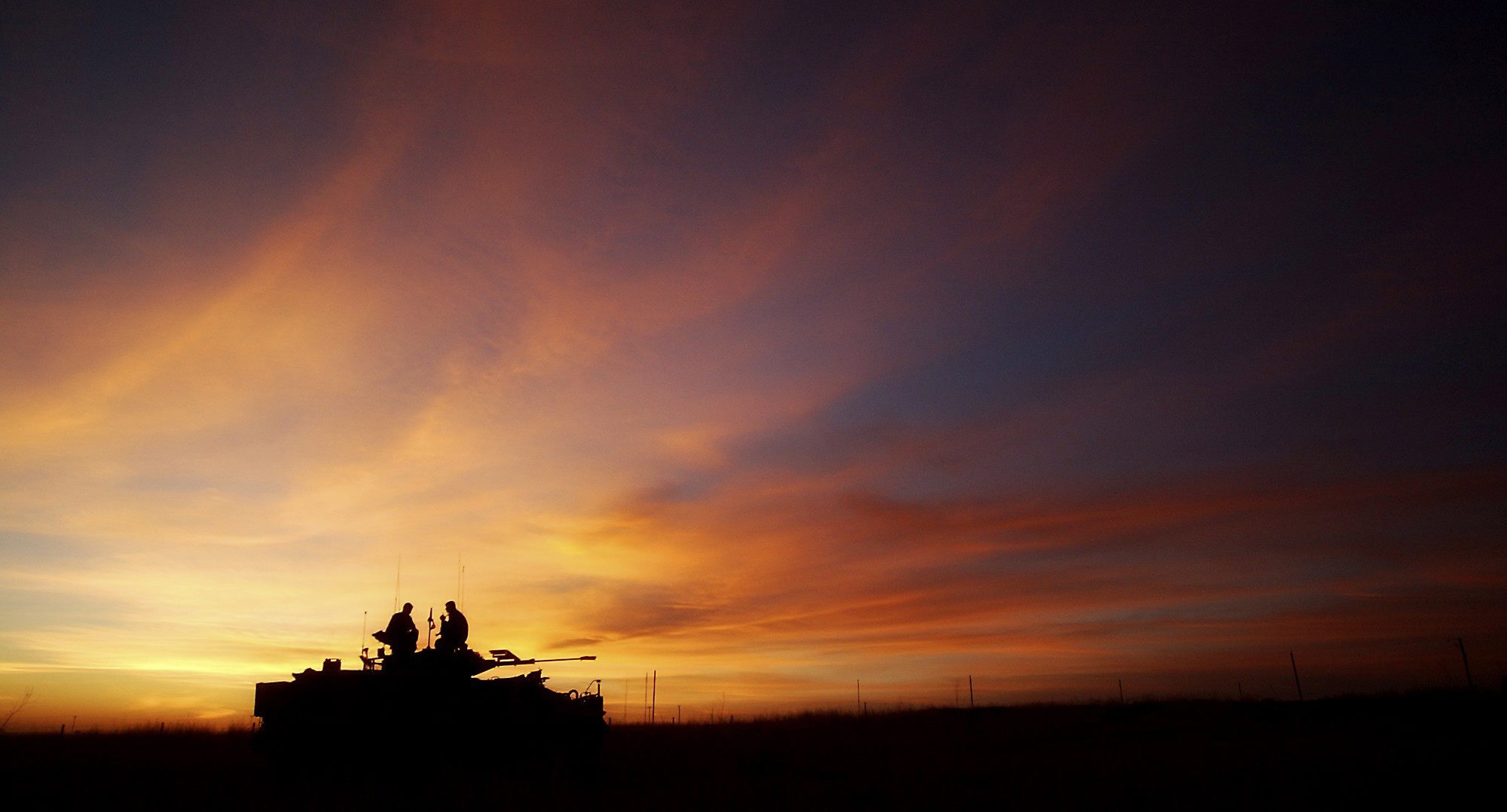
 wavellroom.com
wavellroom.com

 wavellroom.com
wavellroom.com

